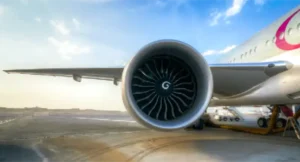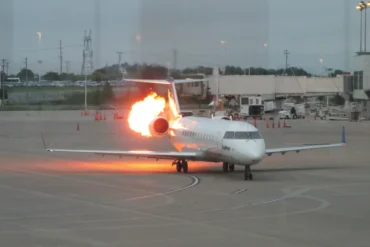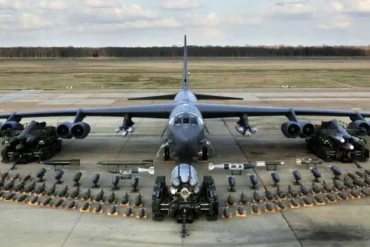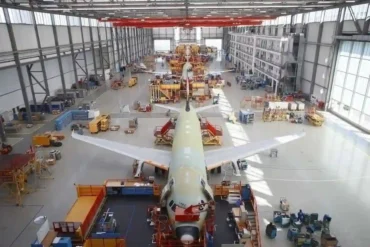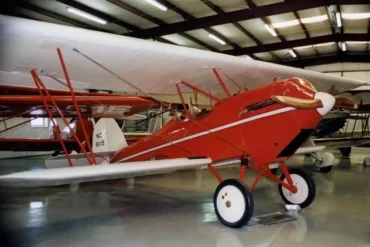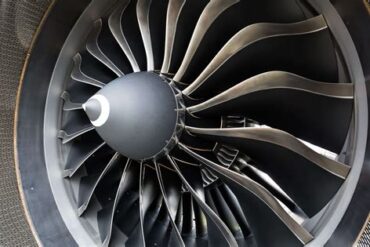We’ve all seen those two or four engines snugly tucked beneath an aircraft’s wings. It’s the standard setup for large commercial planes. But how these engines are attached is anything but simple. It’s a fascinating process, with safety as the top priority.
Engines in Pods
In most commercial planes, engines sit in pods under the wings, and it’s not by chance. This placement offers some perks. For starters, it helps balance the wings, countering the lift force that tries to bend the wingtips upward. Plus, it makes maintenance easier, though it does expose engines to more potential damage from foreign objects.
Engines are usually a bit in front of the wings, which helps prevent wing flutter and keeps the overall wing structure lighter. But in smaller aircraft, like the Embraer ERJ family and the COMAC ARJ21 regional jet, you’ll find engines mounted on the tail.
Connecting to Pylons
Instead of directly attaching to the wing, the engine in its pod connects to a pylon. While the designs may differ from one aircraft type to another, the fundamental principle remains the same. The pylon becomes an integral part of the wing structure, offering a sturdy and reliable attachment point.
The pylon plays a crucial role by creating space between the engine and the wing. This space becomes vital in case of an engine fire, providing a buffer to shield the wing and its fuel until the fire can be put out.
Connecting the Engine Pod to the Pylon
Engine pods are secured to these pylons using bolts, typically at just two points: the top of the fan frame and the top of the turbine frame. These connections are engineered to withstand the immense forces exerted by the engine, including both the forward thrust and the downward weight.
The primary design consideration here is to ensure that the connections can support these forces effectively without being excessive. While the bolts attaching to the pylon structure are incredibly strong, often made from materials like nickel alloy 718, the construction is carefully calibrated and balanced.
These bolts are built tough to handle forces far beyond the norm, even if the plane hits rough patches or faces extreme weather. But if they’re hit with exceptionally strong forces, they’re designed to break off.
If the engines hit the ground during a landing mishap, like when there’s no landing gear or the plane runs off the runway, the bolts snap, and the engines come loose from the pylons. It might sound worrying, but it’s actually safer than having the engines stay put, which could start a fire, or risk the forces moving to the wing and causing it to break off.
Why Not Put Engines Inside the Wing?
Now, you might wonder, why not stash the engines inside the wing? Well, early planes like the de Havilland Comet tried that, but it didn’t stick for big commercial planes.
Safety’s a big reason. If an engine fire starts inside the wing, it could do serious damage. Keeping engines in pods makes it easier to control fires, protecting the wing. Plus, fitting engines into the wing would eat into space needed for fuel, and as engines get bigger and better, it’s just not practical.
On May 25th, 1979, American Airlines flight 191 crashed in Chicago after takeoff, showing the danger of engines coming loose. The McDonnell Douglas DC-10 lost an engine, causing major wing damage, and tragically, everyone on board lost their lives.
Another tragic incident happened on October 4th, 1992, when El Al flight 1862 crashed in Amsterdam, the worst air disaster in Dutch history. Engine detachment due to fatigue cracks caused the Boeing 747 to crash into a residential area, claiming many lives onboard and on the ground.
